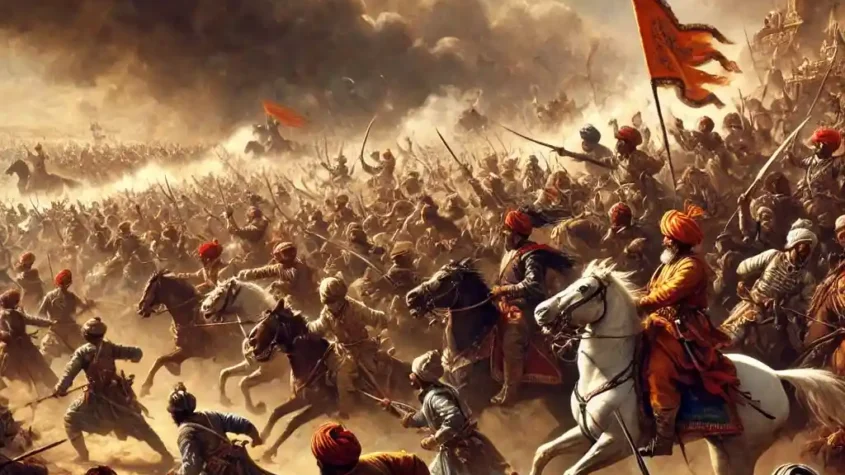
Egerp Panipat is a significant historical and cultural site in India, known for its rich heritage and pivotal battles. This location played a key role in shaping the history of India, particularly during the 18th century, when conflicts among various powers marked its landscape. Visitors and history enthusiasts alike are drawn to its storied past and vibrant present.
The area is not only famed for its military history but also boasts a diverse tradition in textiles and handicrafts. Panipat’s contributions to Indian culture extend beyond its battles, making it a fascinating place to explore. From the legendary battles to the bustling markets, there’s much to discover.
For those interested in India’s history, Egerp Panipat offers a unique glimpse into the events that shaped modern India. Its blend of history and culture provides an inviting atmosphere for travelers and scholars alike.
History of Egerp Panipat
Egerp Panipat has a rich and complex history that reflects its strategic significance in various historical periods. The founding, medieval developments, and modern advancements have shaped its identity and importance.
Founding of Egerp Panipat
Egerp Panipat was established in the early 15th century. It emerged as a vital trading and military hub due to its location along important trade routes. The founders sought to create a center that would foster economic growth and cultural exchange.
Its strategic position attracted various rulers and merchants. This led to a melding of cultures, making Egerp Panipat a vibrant community. The region quickly garnered attention for its resources and potential for development.
Egerp Panipat in the Medieval Era
During the medieval period, Egerp Panipat flourished under several dynasties. It became a focal point for political power struggles, reflecting the broader conflicts in the region. Major battles were fought here, highlighting its significance as a strategic military location.
The area also witnessed a cultural renaissance, as artisans and scholars contributed to a rich tapestry of art and learning. This led to advancements in architecture and education, further solidifying its importance.
Modern Developments at Egerp Panipat
In recent decades, Egerp Panipat has experienced considerable modernization and urbanization. Infrastructure improvements have transformed transport and connectivity, fostering economic growth. New industries have been established, providing employment opportunities.
Additionally, educational institutions have emerged, focusing on diverse fields. These developments have boosted the local economy and improved the quality of life for residents. As a result, Egerp Panipat continues to evolve while honoring its historical roots.
Egerp Panipat’s Socioeconomic Impact
Egerp Panipat plays a significant role in shaping the regional economy and influencing local communities. Its contributions are evident in multiple facets of economic development and social change.
Contribution to Regional Economy
Egerp Panipat serves as a catalyst for economic growth in the region. The establishment of various industries and businesses has increased employment opportunities, thereby reducing local unemployment rates.
Agricultural activities also benefit from improved infrastructure. Enhanced road networks facilitate efficient transportation of goods. Additionally, local markets thrive due to increased consumer spending driven by the growing economy.
Key sectors that contribute to the economy include textiles, manufacturing, and technology. Investments in these areas have led to significant revenue generation. Overall, the area’s economic landscape has transformed positively, encouraging further development and attracting new investors.
Influence on Local Communities
Egerp Panipat fosters deep connections within local communities. Educational initiatives supported by local businesses promote literacy and skill development. Enhanced access to educational resources empowers the youth, preparing them for future job markets.
Cultural events and community programs encourage social cohesion. These gatherings create a platform for residents to engage and share experiences, fostering unity.
Access to healthcare services has also improved as a result of economic growth. Facilities have expanded, providing better medical care to residents. This holistic approach enhances the quality of life and promotes sustainable community development.
Fitterfirst: Enhancing Your Performance and Stability Through Innovative Solutions
Fitterfirst is an innovative company focused on enhancing physical fitness and overall wel…






